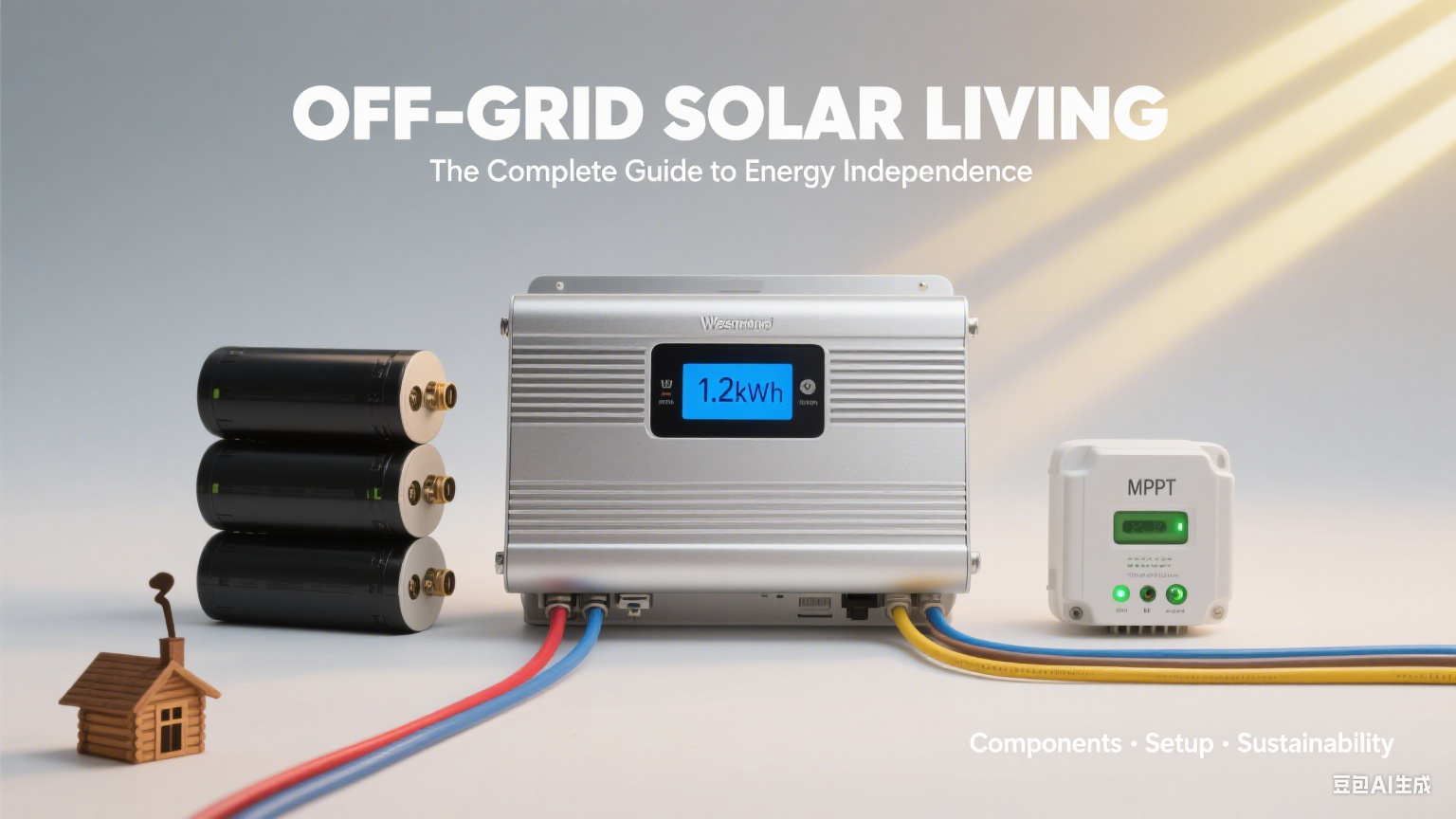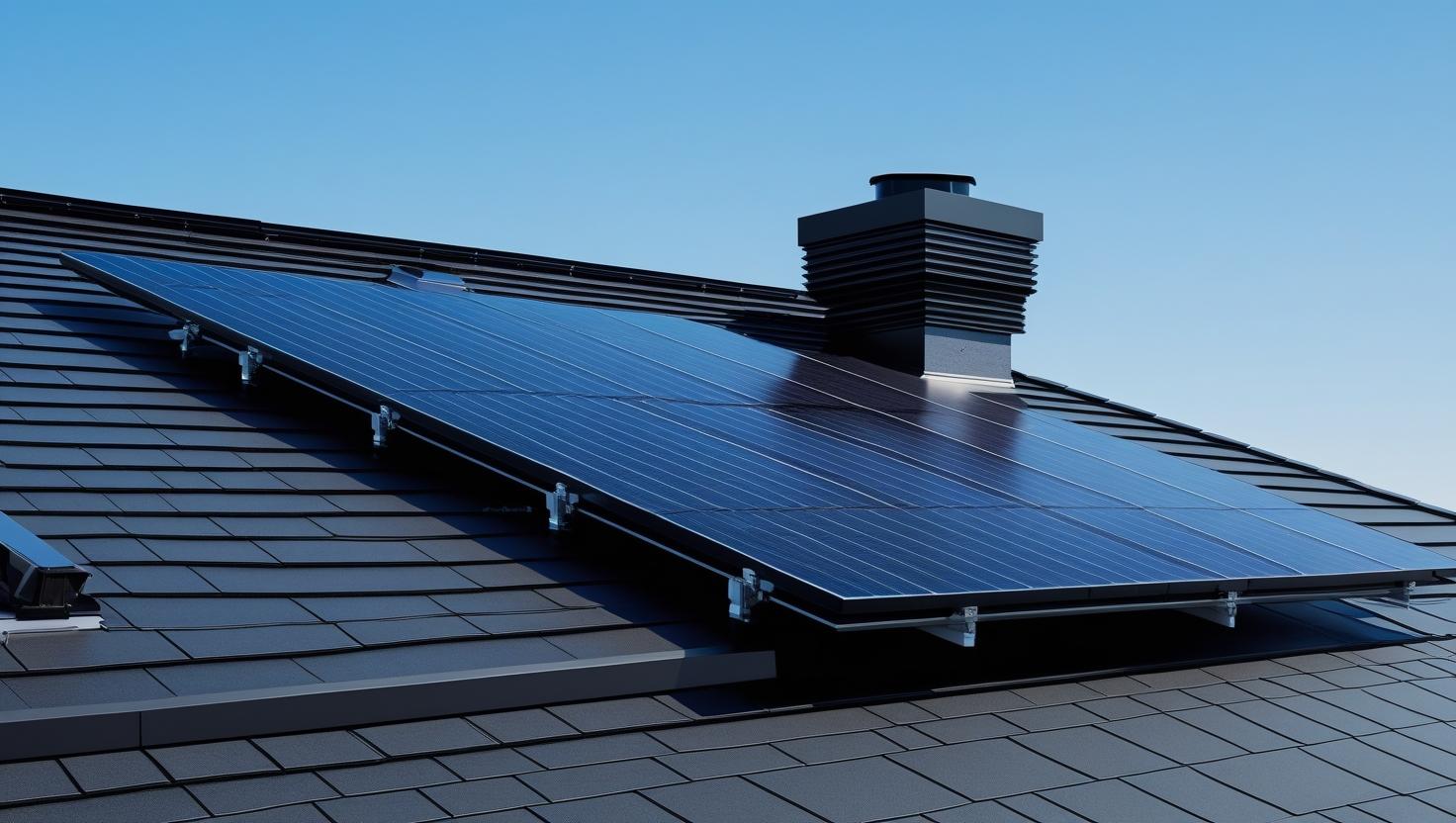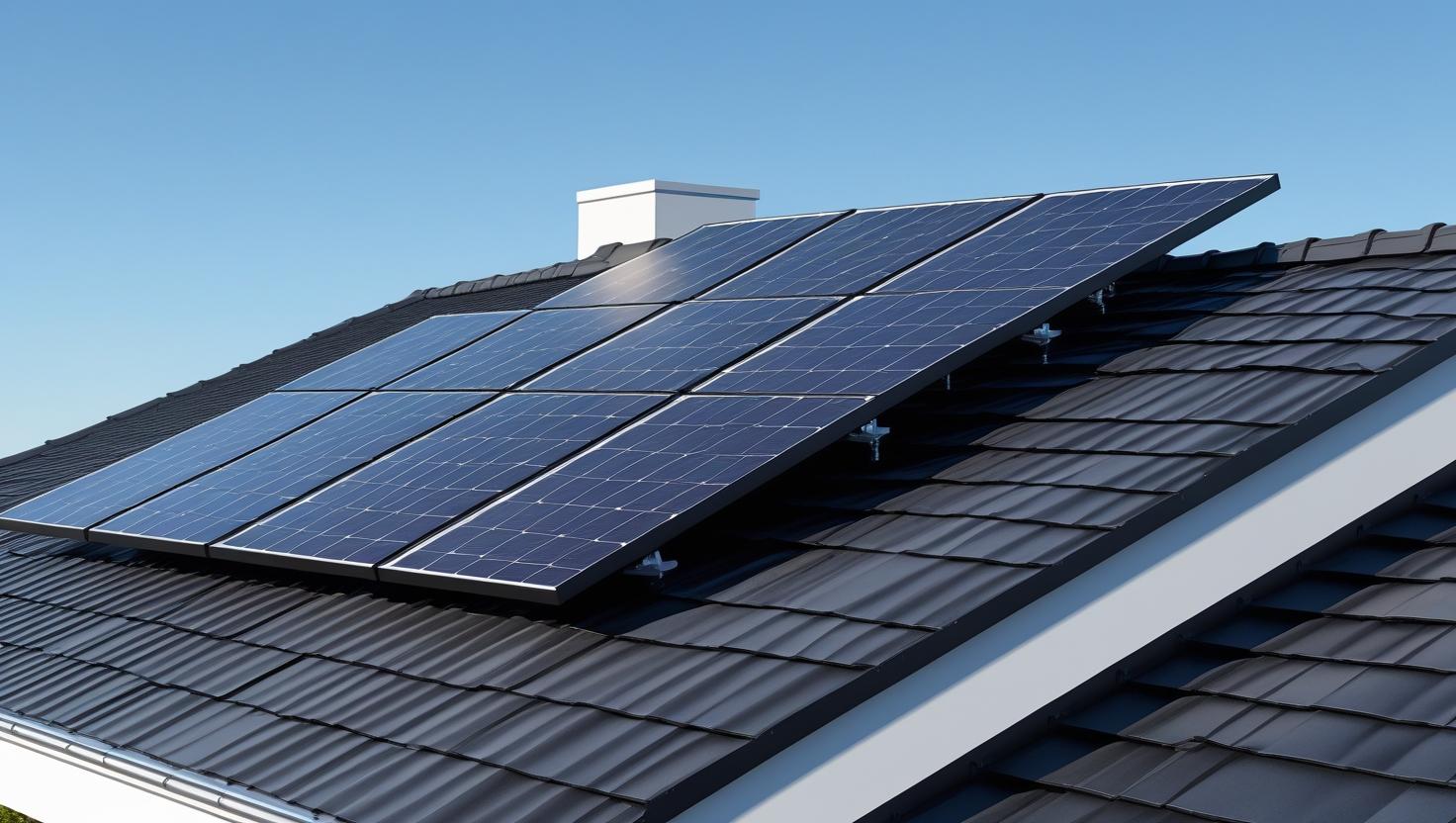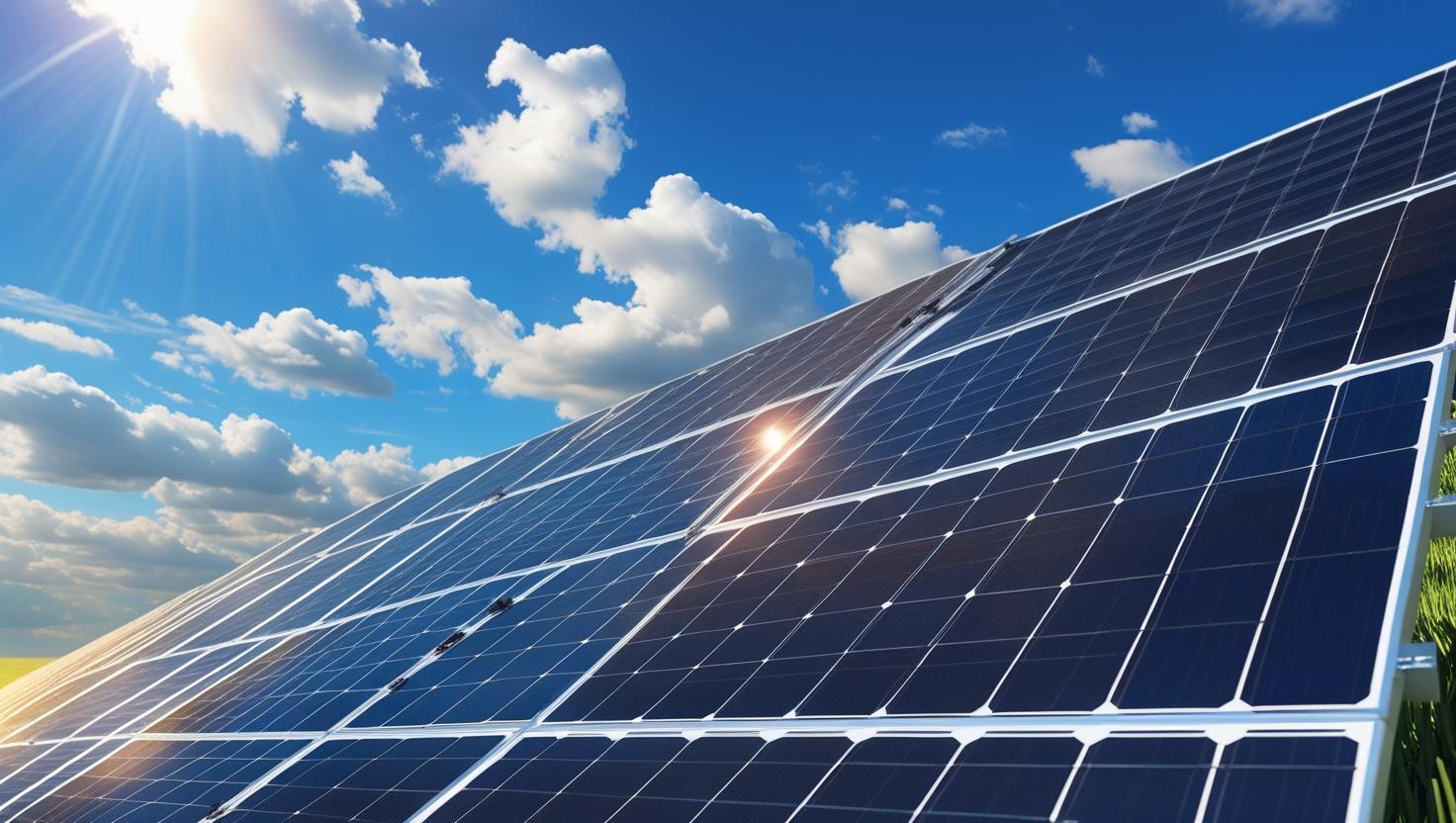
Inverters are the hardworking hearts of many power systems, from residential solar setups to critical uninterruptible power supplies (UPS). Ensuring their longevity and efficiency hinges on a proactive approach to their care. Proper inverter maintenance is not just a suggestion; it's a crucial practice to maximize your return on investment and guarantee reliable performance when you need it most. Overlooking this essential task can lead to decreased efficiency, unexpected failures, and costly repairs, making a consistent maintenance schedule a smart financial decision.
Understanding Regular Inverter Maintenance
At its core, basic inverter care is about creating an optimal operating environment. One of the simplest yet most effective steps is to keep the unit clean and free from dust and debris, which can clog cooling fans and lead to overheating—a primary cause of electronic failure. Ensure the area around the inverter has adequate ventilation and is not obstructed, allowing air to circulate freely. Periodically, you should also visually inspect all cable connections to ensure they are tight and free of corrosion. These fundamental practices are particularly vital for UPS inverter maintenance, as these units are often tucked away in closets or under desks where dust accumulation and poor airflow are common. Following these simple steps can significantly extend the overall inverter lifespan and prevent common performance issues.
Specialized Care: Solar Inverter Servicing
While basic upkeep is beneficial, solar power systems require a more specialized approach. Professional solar inverter servicing goes beyond a simple visual check. Technicians will inspect internal components for signs of wear, test performance metrics against manufacturer specifications, and check the system's event logs for recurring error codes that might indicate an underlying problem. This service often includes updating the inverter’s firmware, which can improve efficiency and unlock new features. Given that solar inverters are often exposed to harsh environmental conditions, professional solar inverter servicing is the best way to catch potential issues before they escalate into complete system failures, ensuring your solar array produces power optimally for years to come.
Navigating Problems: Inverter Troubleshooting and Repair
Even with diligent maintenance, problems can still arise. When your inverter stops working or shows an error, a bit of initial inverter troubleshooting can help identify the issue. Start by checking the display panel for any fault codes or warning lights and consult your user manual to understand what they mean. Listen for any unusual noises like buzzing or clicking, which could signal an internal component failure. If these basic steps don't resolve the issue, it is time to call for professional inverter repair services. Attempting to open the unit and perform complex repairs without proper training and tools is not only dangerous due to high voltages but can also void your warranty and cause more extensive damage. A qualified technician can safely diagnose the problem and determine if a repair is a viable and cost-effective option.
Knowing When It's Time for an Inverter Replacement
Every inverter has a finite operational life. The typical inverter lifespan for a quality solar unit is around 10 to 15 years. As your unit ages, you may notice more frequent faults, a noticeable drop in energy conversion efficiency, or find that the cost of repairs is approaching the price of a new device. These are all strong indicators that an inverter replacement is on the horizon. While it represents an upfront cost, a new inverter often comes with a fresh warranty, superior technology, and higher efficiency ratings, which can lead to better system performance and long-term savings. When faced with a significant repair bill on an older unit, investing in an inverter replacement is often the more sensible path forward, securing your energy system's reliability for another decade or more.
| Factor | Opt for Repair | Opt for Replacement |
|---|---|---|
| Age of Equipment | Less than 10 years (below the average lifespan limit) | Over 15 years (approaching or exceeding design life) |
| Frequency of Failures | Occasional issues with no recurring error codes | Frequent breakdowns or repeated identical faults |
| Repair Cost | Single repair cost is less than 30% of a new unit | Repair cost is close to or exceeds 50% of a new unit |
| Efficiency Performance | Still meets ≥90% of the manufacturer’s rated efficiency | Significant drop in efficiency (below 80% of rated value) |
| Need for Tech Upgrades | Existing features suffice; no critical upgrades needed | Requires new capabilities (e.g., smart grid integration, higher conversion rates) |
| Warranty Status | Still under warranty, or repair extends partial coverage | Out of warranty with no post-repair coverage |
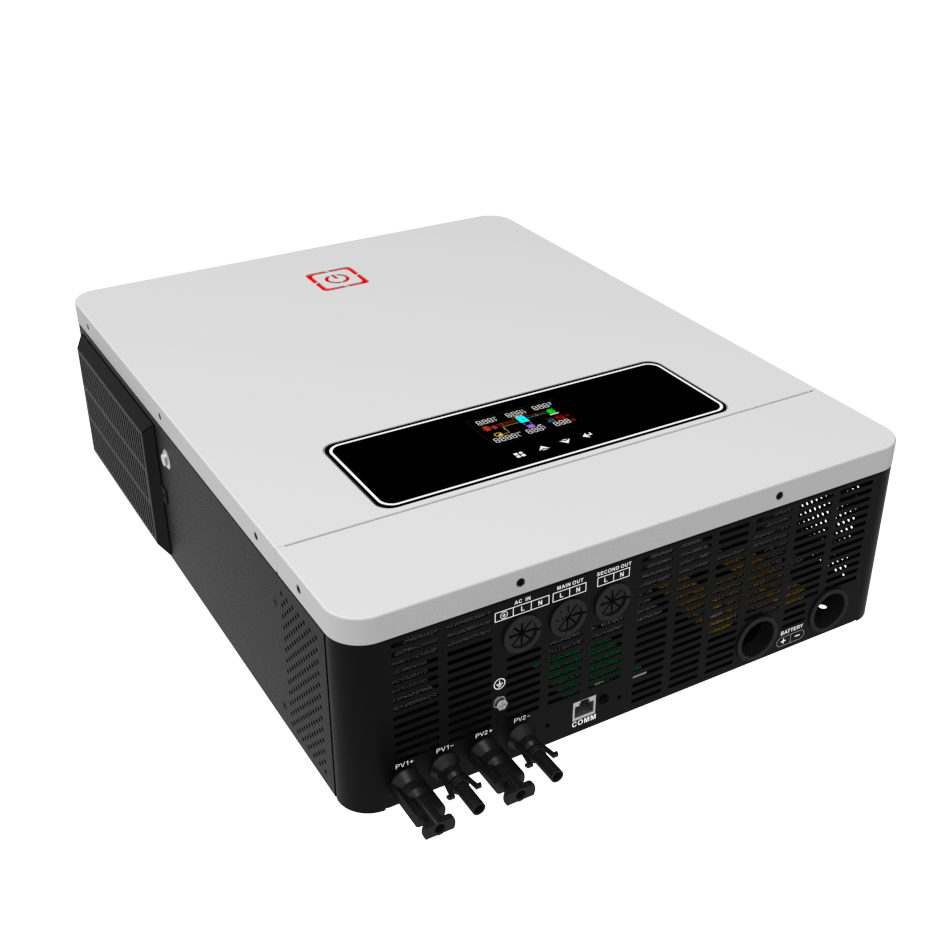
For more information on photovoltaic technology, please visithttps://youtu.be/JB56vgBNr6E?si=48ZjW1I9exvg7s-ofor detailed content.

